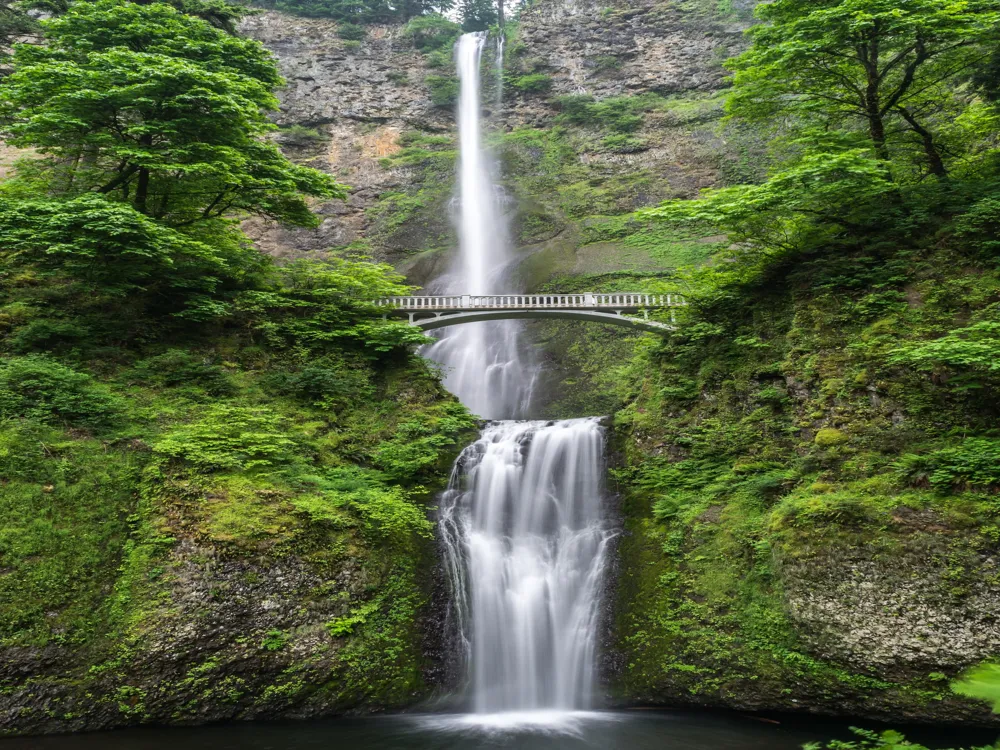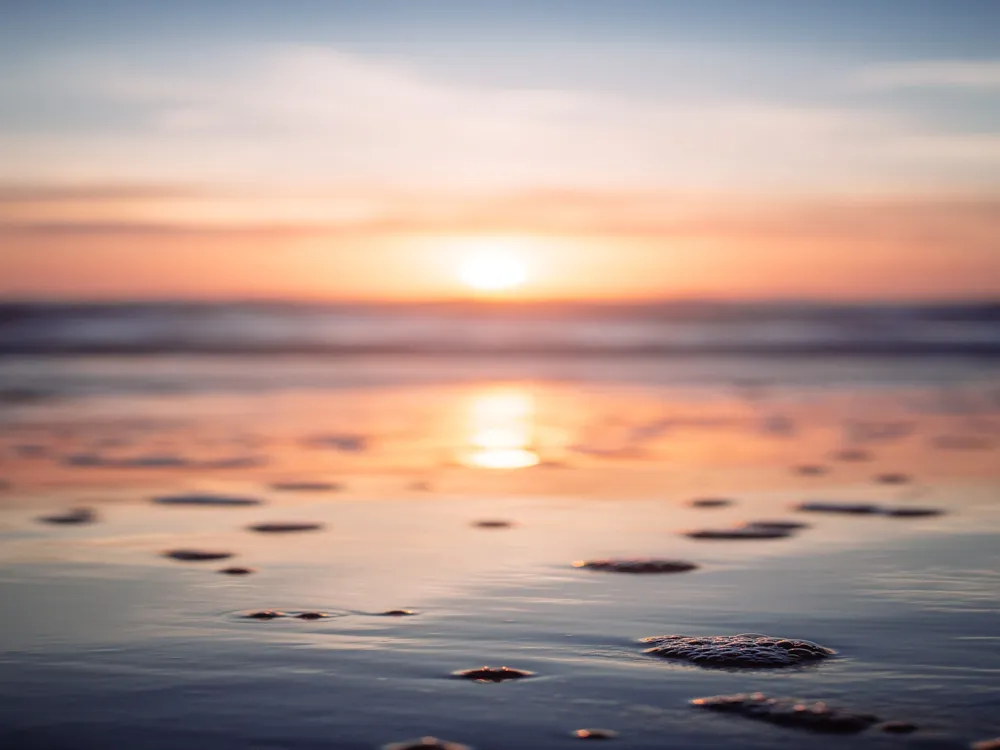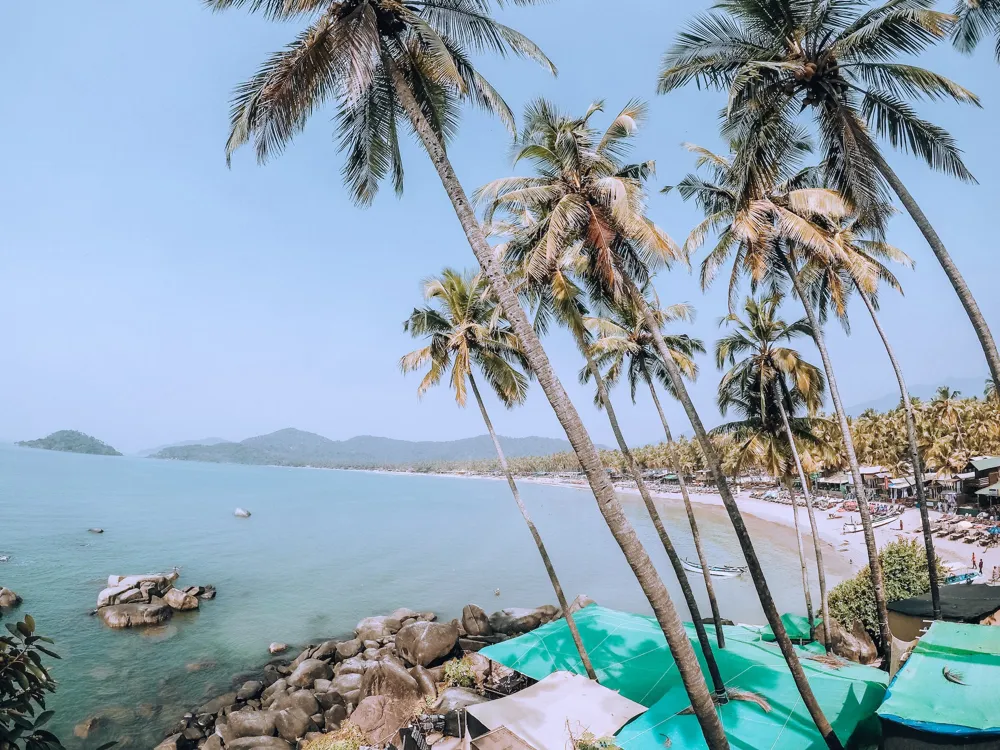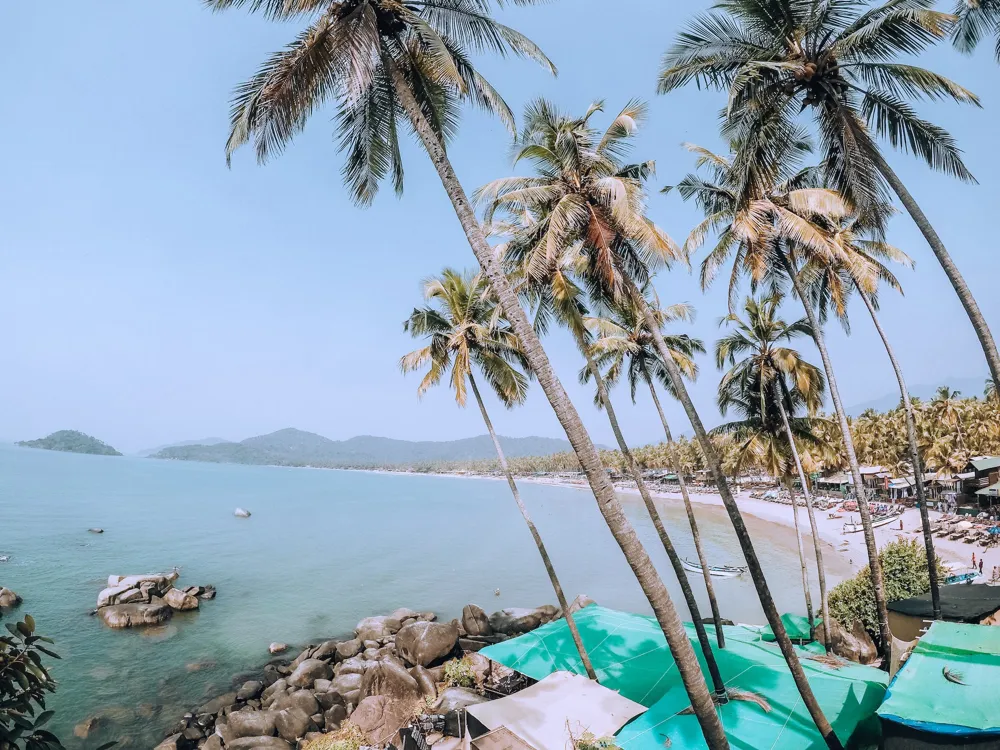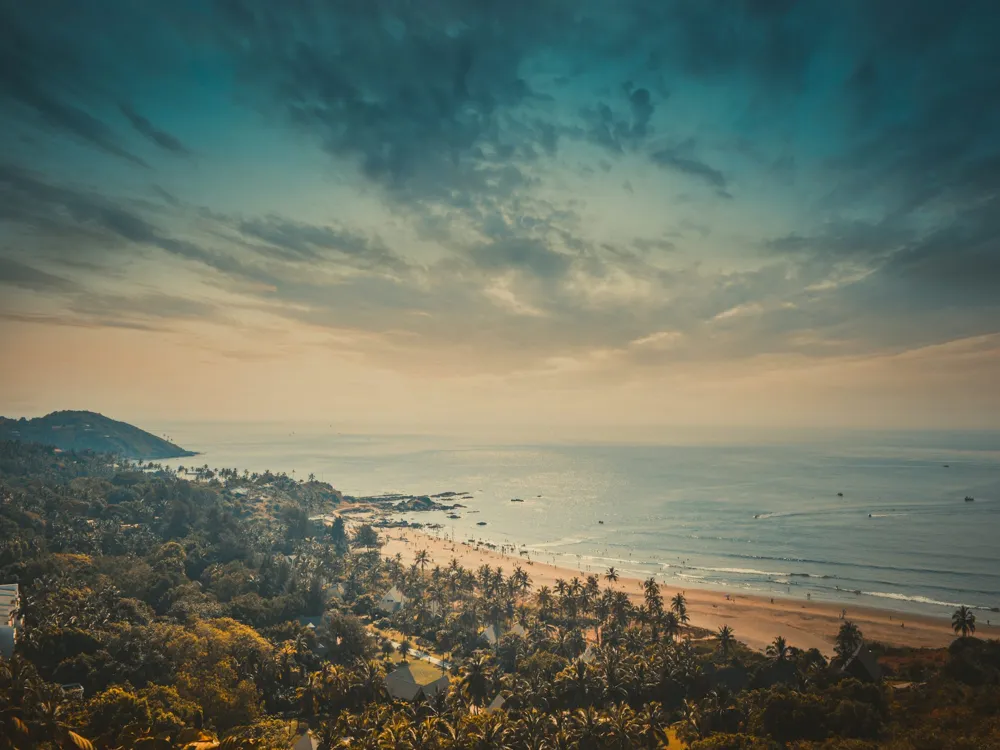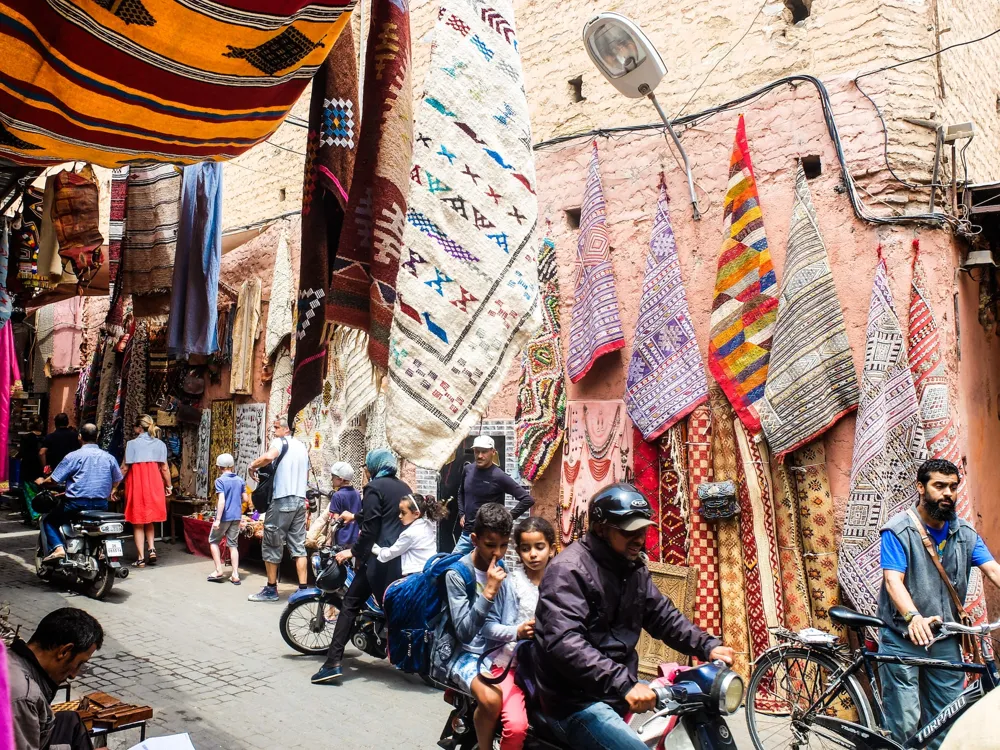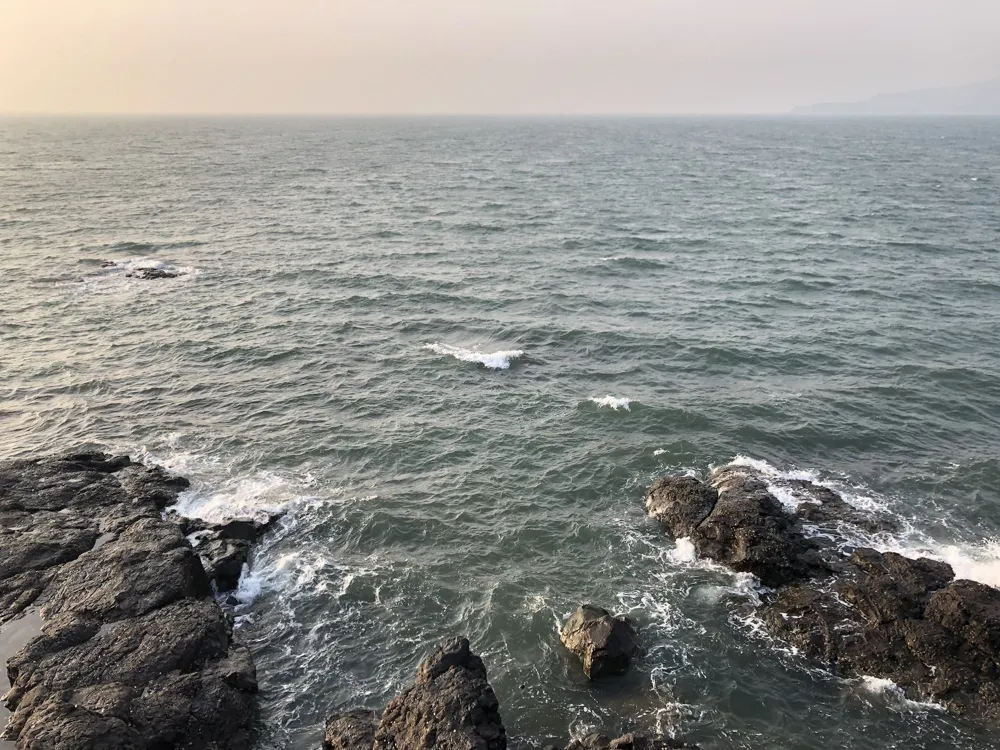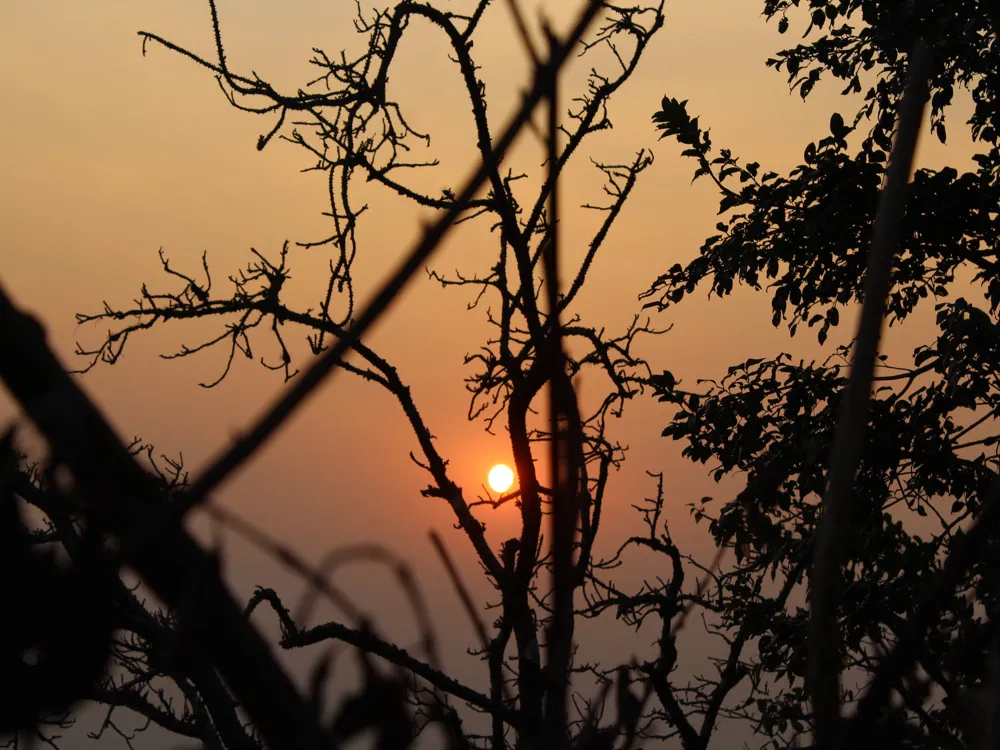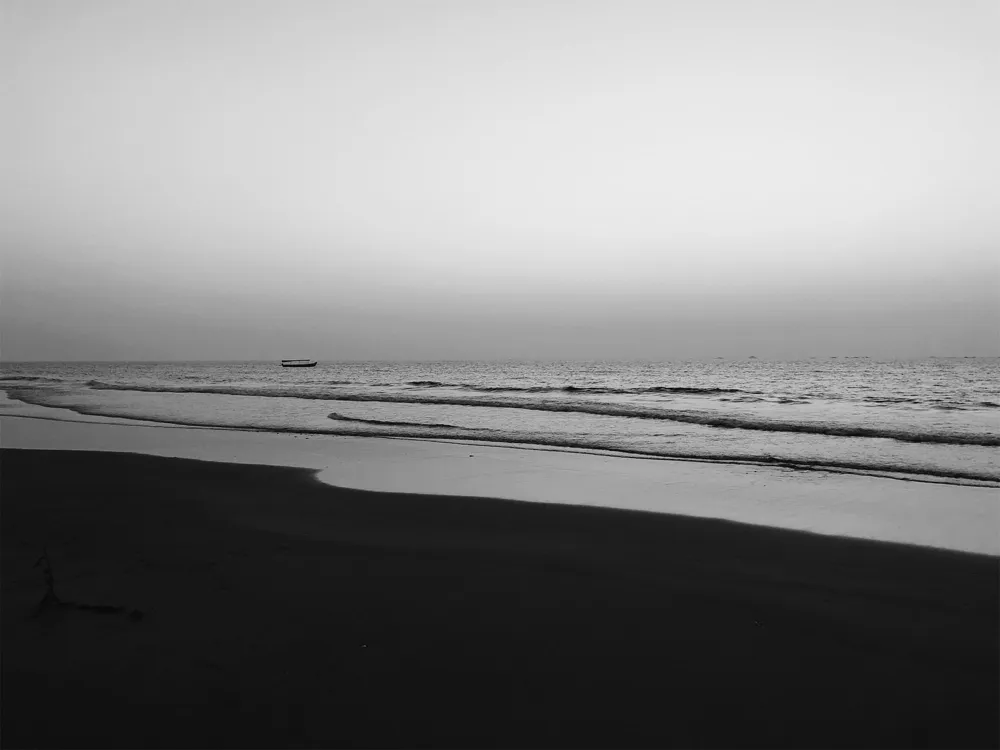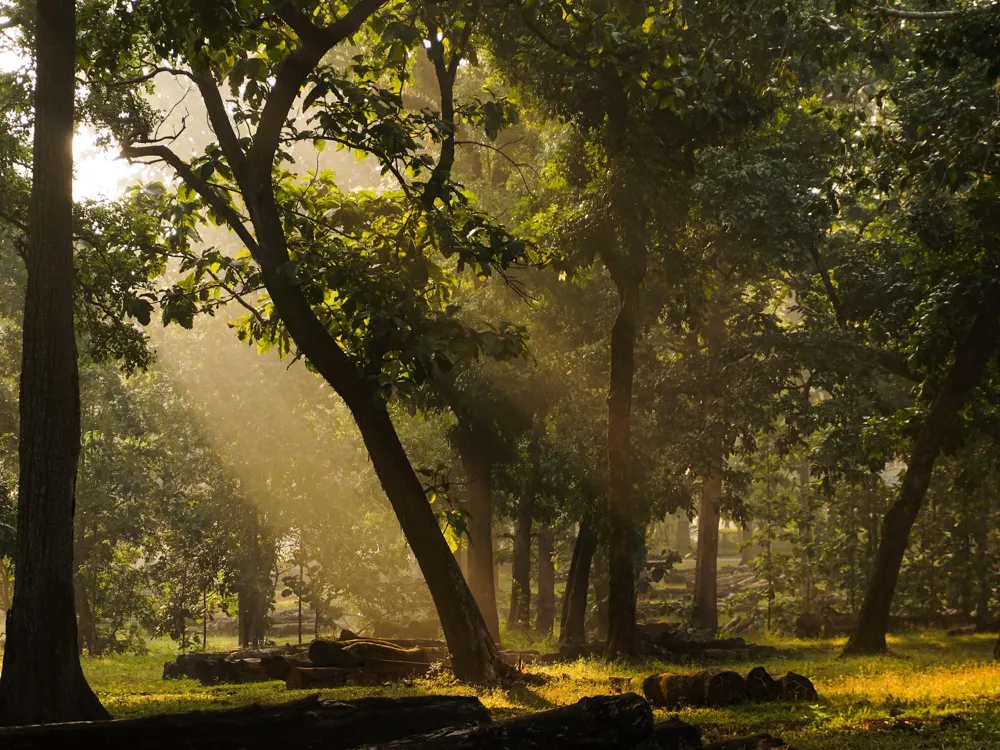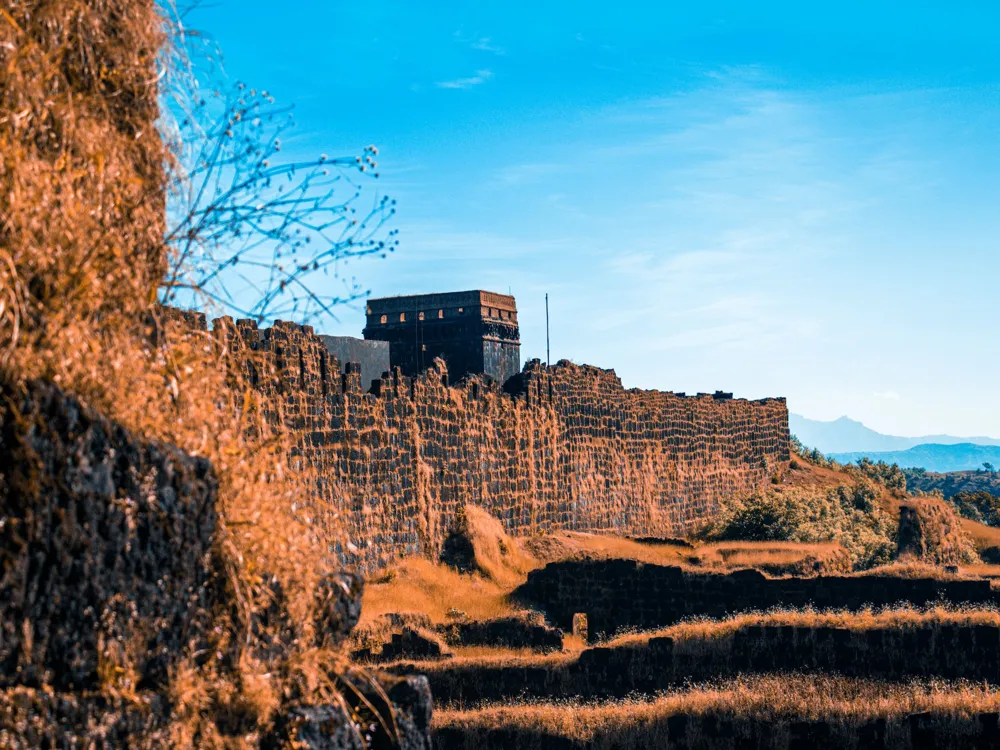Chorao Island, nestled in the Mandovi River of North Goa, is a hidden gem waiting to be explored. This quaint island is a testament to the rich history and vibrant culture of Goa. Known for its picturesque landscapes, diverse wildlife, and serene environment, Chorao offers a unique blend of natural beauty and historical significance. Historically, Chorao Island was known as Chudamani, meaning stunning jewel, which perfectly encapsulates the essence of this place. The island's history dates back to the 6th century, when it was a prominent part of the Kadamba Dynasty. Over centuries, Chorao has witnessed the reigns of various dynasties and colonial powers, each leaving its mark on the island's culture and architecture. One of the most striking features of Chorao is its lush greenery, thanks to the Salim Ali Bird Sanctuary, named after the famous ornithologist. This sanctuary is a haven for birdwatchers and nature enthusiasts, hosting a diverse array of bird species, including migratory birds. The mangrove swamps and the variety of flora and fauna add to the island's ecological significance. Apart from its natural allure, Chorao is steeped in cultural heritage. The island is dotted with ancient temples, churches, and old Goan houses, showcasing a blend of Indian and Portuguese architectural styles. These structures are not just architectural marvels but also narrate the story of the island's rich cultural tapestry. The lifestyle on Chorao Island is a blend of traditional and modern influences. The locals, known for their warmth and hospitality, have preserved their customs and traditions while embracing the changes brought by modernity. The island's cuisine, festivals, and daily life reflect this beautiful amalgamation of the old and the new. As you wander through the winding lanes of Chorao, you'll be greeted with the sights and sounds that are quintessentially Goan. The colorful houses, the rhythmic beats of Konkani music, and the tantalizing aroma of Goan cuisine create an enchanting atmosphere that captivates every visitor. In conclusion, Chorao Island is not just a destination but an experience. It's a place where history, culture, and nature coexist in harmony, offering a glimpse into the soul of Goa. Whether you're a history buff, a nature lover, or someone seeking peace and tranquility, Chorao Island is the perfect getaway. The architecture of Chorao Island is a vivid representation of its historical and cultural journey. The buildings on the island are a blend of Goan traditional styles and Portuguese influences, creating a unique architectural identity. This fusion is evident in the design, color, and structure of the various edifices that adorn the island. One of the most prominent architectural features of Chorao Island is its churches. The Church of St. Bartholomew, dating back to the 16th century, is a prime example. This church exhibits the classic features of Portuguese Baroque architecture, with its ornate facade, intricate altars, and beautiful frescoes. The church not only serves as a place of worship but also as a testament to the island's colonial past. Another significant aspect of Chorao's architecture is its traditional Goan houses. These houses are characterized by their bright colors, large balcaos (porches), and ornamental oyster shell windows. The use of local materials like laterite stone in construction and the distinctive sloping roofs designed to withstand the heavy monsoon rains are notable features. These houses reflect the socio-economic status and the aesthetic sense of the Goan people. The temples on Chorao Island are equally noteworthy. The blend of Indian and Portuguese architectural elements in these temples makes them unique. Intricately carved pillars, wooden ceilings, and beautiful sanctums are some of the elements that highlight the indigenous craftsmanship. Apart from religious structures, Chorao also boasts of several civic buildings that reflect Portuguese architectural styles. These include old government buildings, schools, and community halls, showcasing the colonial influence on public architecture. The blend of architecture on Chorao Island is not just about structures but also about the stories they tell. Each building, whether a church, temple, or house, carries within its walls the tales of the people who built them and the generations that have dwelled within. These architectural marvels are a window into the island's soul, narrating tales of conquests, culture, and community life. In summary, the architecture of Chorao Island is a melting pot of styles and influences. It's a visual journey through time, showcasing the island's historical evolution and cultural diversity. The architectural heritage of Chorao not only adds to its charm but also serves as a reminder of its rich and varied past. The ideal time to visit Chorao Island is from November to February. During these months, the weather is pleasant, with cooler temperatures and minimal rainfall, making it perfect for exploring the island. Chorao Island is accessible by ferry from Ribandar. The ferry service is frequent and is an experience in itself. Renting a bicycle or a scooter is recommended for easy navigation around the island. Pack light and comfortable clothing, suitable for a tropical climate. Don't forget to bring sunscreen, hats, and sunglasses. Comfortable walking shoes are a must for exploring the island's terrain. Respect the local culture and traditions. Dress modestly when visiting religious places. It's also appreciated if visitors engage with locals courteously and show interest in their way of life. While visiting the Salim Ali Bird Sanctuary, maintain silence and avoid disturbing the wildlife. Follow the guidelines set by the sanctuary to ensure the conservation of the island's natural environment. Chorao Island is well-connected and can be easily reached from different parts of Goa. The most common and scenic route to reach Chorao is by taking a ferry from Ribandar, a village near Panaji. The ferry ride offers a splendid view of the Mandovi River and is an experience in itself. For those coming from distant parts of Goa, buses and taxis are available to Ribandar. From Ribandar, the ferry service to Chorao operates regularly throughout the day. The ferry accommodates both pedestrians and vehicles, making it convenient for travelers. For a more adventurous journey, one can also reach Chorao by hiring a boat from nearby areas like Old Goa or Panaji. This mode of transport offers a unique perspective of the island as one approaches it from the water. Upon reaching Chorao, visitors can explore the island on foot, by bicycle, or by hiring local transportation. The island's small size makes it ideal for leisurely exploration, allowing visitors to immerse themselves fully in the serene and rustic charm of Chorao. Read More: Overview of Chorao Island, North Goa
Architecture of Chorao Island
Tips When Visiting Chorao Island
Best Time to Visit
Transportation Tips
Packing Essentials
Local Etiquette
Wildlife and Nature Conservation
How To Reach Chorao Island
Chorao Island
North Goa
Goa
NaN onwards
View goa Packages
Weather :
Tags : Island
Time Required : 1 day
Planning a Trip? Ask Your Question
Goa Travel Packages
View All Packages For Goa
Top Hotel Collections for Goa

Private Pool

Luxury Hotels

5-Star Hotels

Pet Friendly
Top Hotels Near Goa
Other Top Ranking Places In Goa
View All Places To Visit In goa
View goa Packages
Weather :
Tags : Island
Time Required : 1 day
Planning a Trip? Ask Your Question
Goa Travel Packages
View All Packages For Goa
Top Hotel Collections for Goa

Private Pool

Luxury Hotels

5-Star Hotels

Pet Friendly







